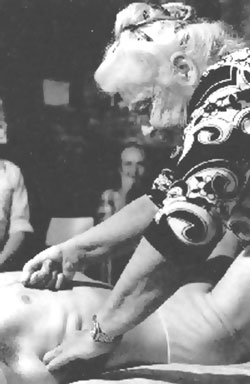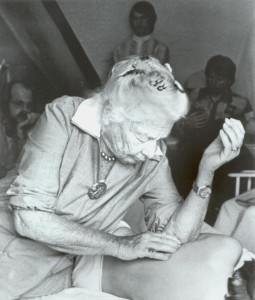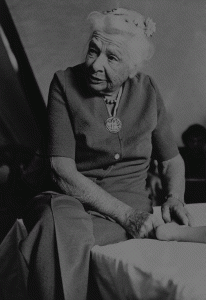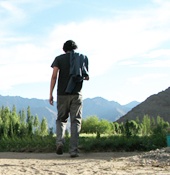Dr. Ida P. Rolf, the founder of Structural Integration work, was known by her students and associates to have a sharp mind and tongue. She had an insatiable scientific curiosity and a gift for putting sometimes complex ideas into concise phrases. My teachers frequently used three of her aphorisms to remind us of the basic principles of Structural Integration. Here we will look at the first of them.
“Where you think it is, it ain’t.”





 In 1908 J. Madson Taylor MD penned the following lines:
In 1908 J. Madson Taylor MD penned the following lines:
